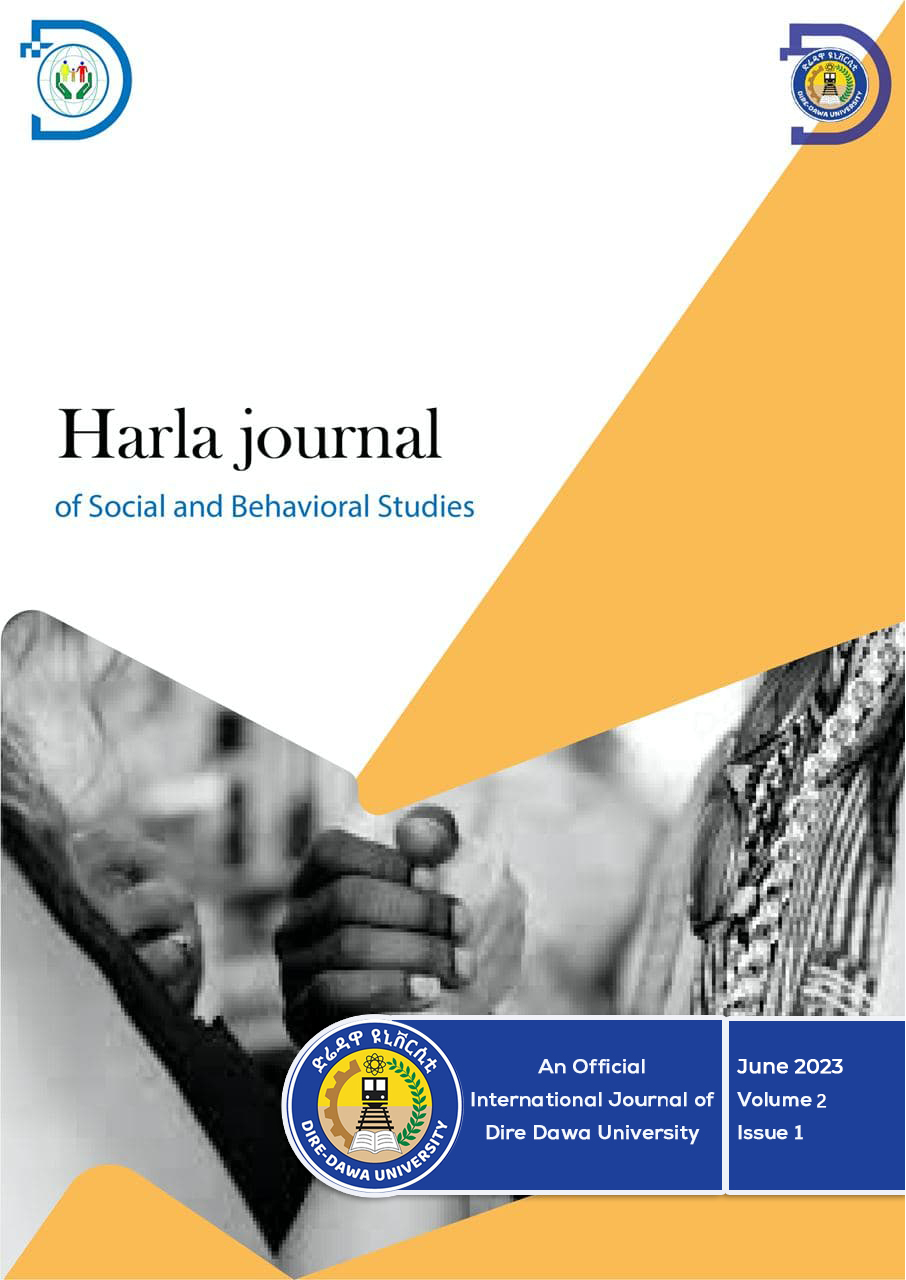Analysis of Urban Expansion and Land Use Land Cover Change Trends in Jimma Town
DOI:
https://doi.org/10.20372/hjsbs.v2i1.192Keywords:
Change detection, Land use land cover, Urban expansion trendAbstract
This study analyzes urban expansion trends in Jimma town, Ethiopia, and their impacts on land use/land cover (LULC) change. Using remote sensing (RS) and GIS techniques, satellite images from 2000, 2010, and 2021 were classified into five categories—built-up area, forest, agricultural land, grassland, and water bodies— through supervised classification, with ground control points collected for accuracy assessment. The findings indicate that built-up areas expanded significantly from 3,485.35 ha in 2000 to 5,452.17 ha in 2021, while agricultural land declined sharply from 3,053.57 ha to 1,303.21 ha over the same period. The main drivers of this transformation include industrial and manufacturing development, the town’s strategic location, rapid population growth, and community-driven urban activities. Projections suggest that built-up areas may reach approximately 7,377.21 ha by 2031. These results highlight the urgent need for effective land use planning and management strategies to address the challenges posed by rapid urban growth. The study recommends the adoption of strong land management and monitoring systems, particularly through the integration of GIS and RS tools, to ensure sustainable urban development and mitigate the adverse effects of uncontrolled expansion.
Downloads
Published
How to Cite
Issue
Section
License
Copyright (c) 2023 Harla Journals and Author(s)

This work is licensed under a Creative Commons Attribution-NonCommercial 4.0 International License.






